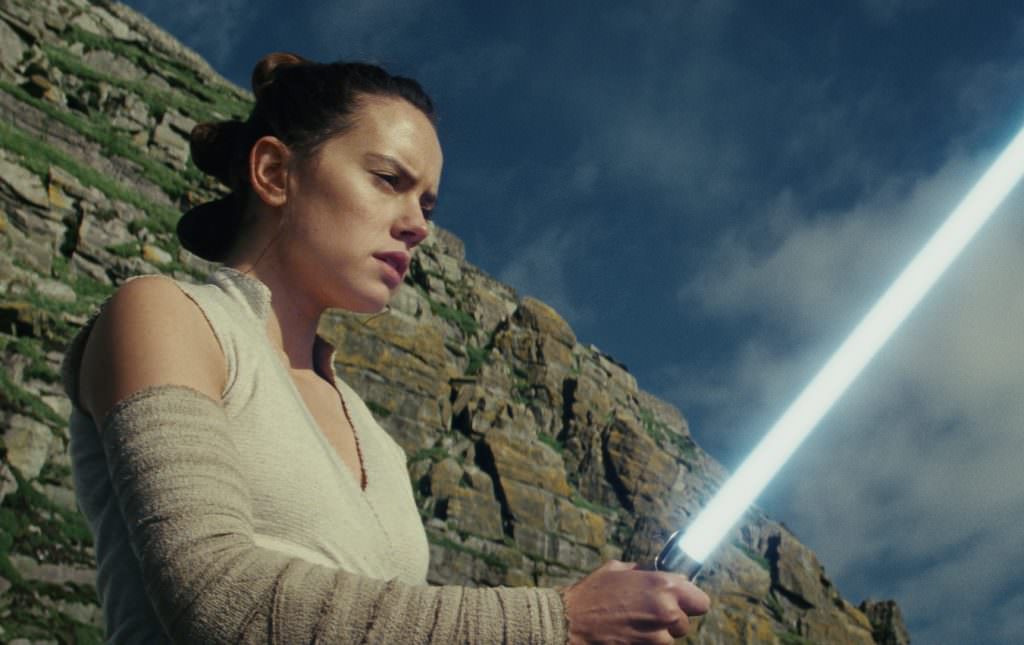What the Women Warriors of Star Wars Have Meant to Me
One of the first things my father taught me was to impersonate Princess Leia (the late, great Carrie Fisher, of course). He would say “Princess Leia!” and my not-even-two-year-old self would immediately scramble for the nearest cup-like objects before clapping them over my ears in a vague imitation of her iconic cinnamon roll side buns. I had no idea who Princess Leia was, or what she stood for, or even what the Star Wars saga was. But what started as a party trick rapidly grew into a decades long lesson in strong female leadership. At the time, I was definitely too young to understand sweeping lessons on what a strong female role model could look like, but I knew I was satisfied with my dad’s explanation that Leia was a “warrior princess.”
I was four when The Phantom Menace was released. I did not understand much of the story, but was enthralled with Padme Amidala (Natalie Portman), who was a queen and a go-getter and a fighter in her own right. My dad promptly bought me a Queen Amidala paper doll set to go with my clone fighter action figures, and I dressed her in her blaster outfit until it ripped after too many uses. Soon after Attack of the Clones was released, I paraded into my classroom on Halloween dressed in Padme’s full battle regalia. But more than simply appreciating Padme’s ability to sling a gun, I admired her for her proactive demeanor, her strong opinions, and innate sense of justice. Though still quite young, I was subconsciously cataloging these qualities and refining my perception of what it meant to be a woman.
Star Wars has always been rife with strong female role models, even when such a portrayal of females was considered groundbreaking. Certainly, at the time of the original trilogy’s release, women were not always portrayed in the most empowering light. But more than simply showcasing women, or placing a lightsaber in the hand of an opportune girl, Star Wars has made these female characters instrumental to its plot, activating them as key decision makers and strategic players in the series’ overall arc. Growing up exposed to Leia and Padme, I did not realize that women were all-too-often relegated to the sphere of plot devices until much later in life.
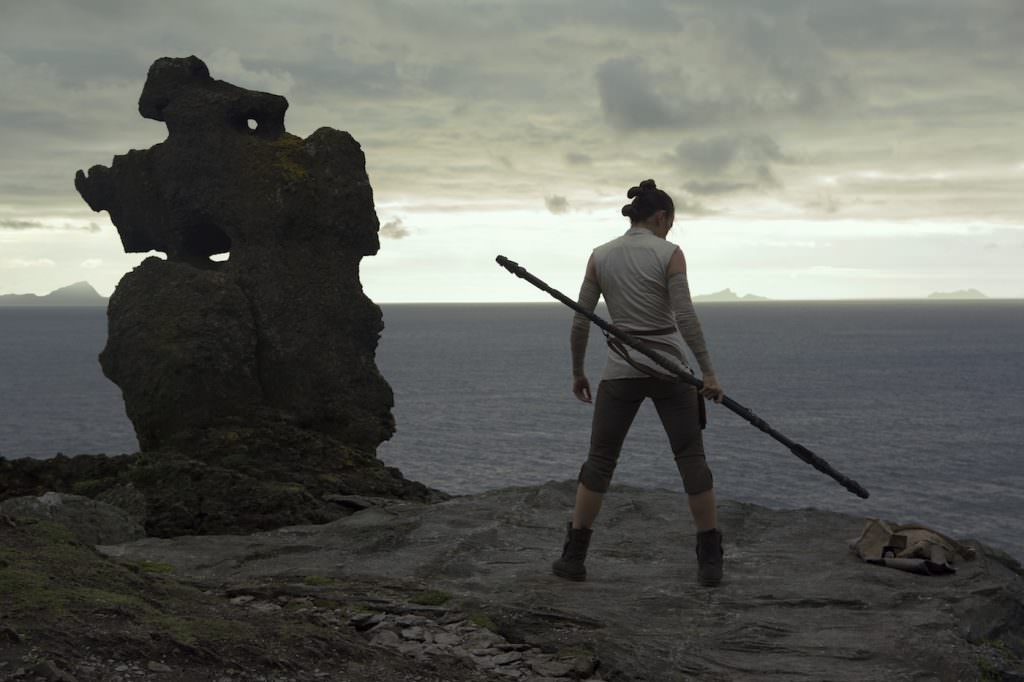
Well into my twenties now, I have a much more nuanced version of the strong female role model in my head now. But I was no less glad than I would have been at age four to see Rey (Daisy Ridley) crafted as such a central player in the new trilogy. And it’s not only Rey who carries the torch for women – this latest trilogy features General Leia, no longer called “Princess”, and Admiral Holdo (Laura Dern), who proves as capable of bravery and sacrifice as any of her male counterparts.
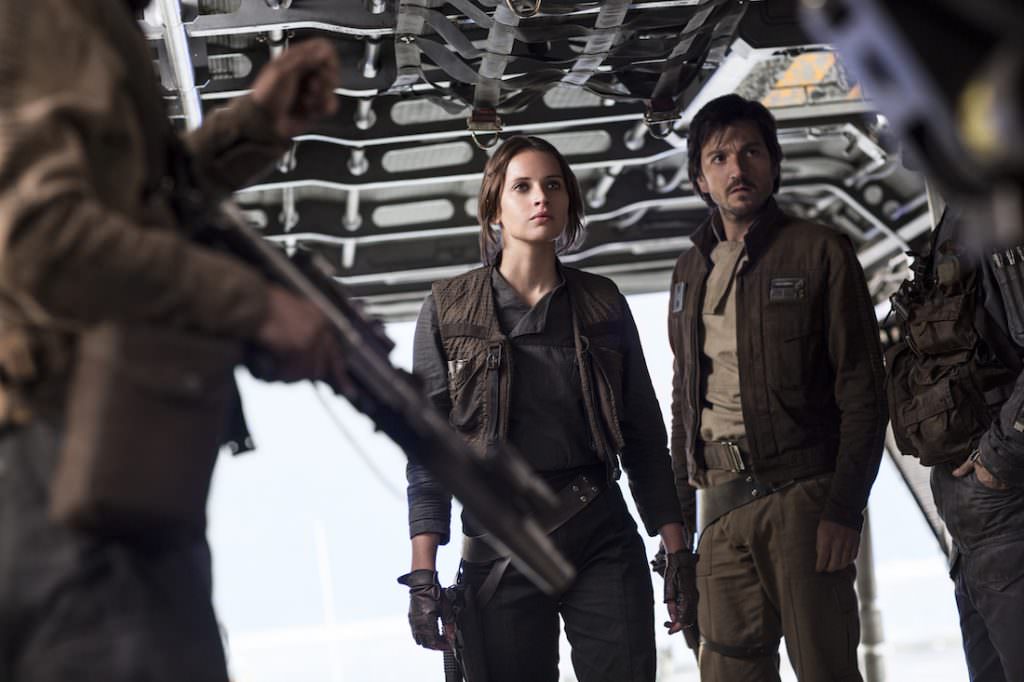
Rogue One featured not only a female lead in Felicity Jone’s extremely capable Jyn Erso, but one of the franchise’s most noble, tragic figures, full stop. Without Jyn, there’s no way Luke Skywalker is ever able to destroy the Death Star in A New Hope. Or what about Rose Tico (Kelly Marie Tran) in The Last Jedi? This mechanic goes from being a largely unknown member of the Resistance to one of its heroes, saving Finn (John Boyega)’s life at great personal risk.
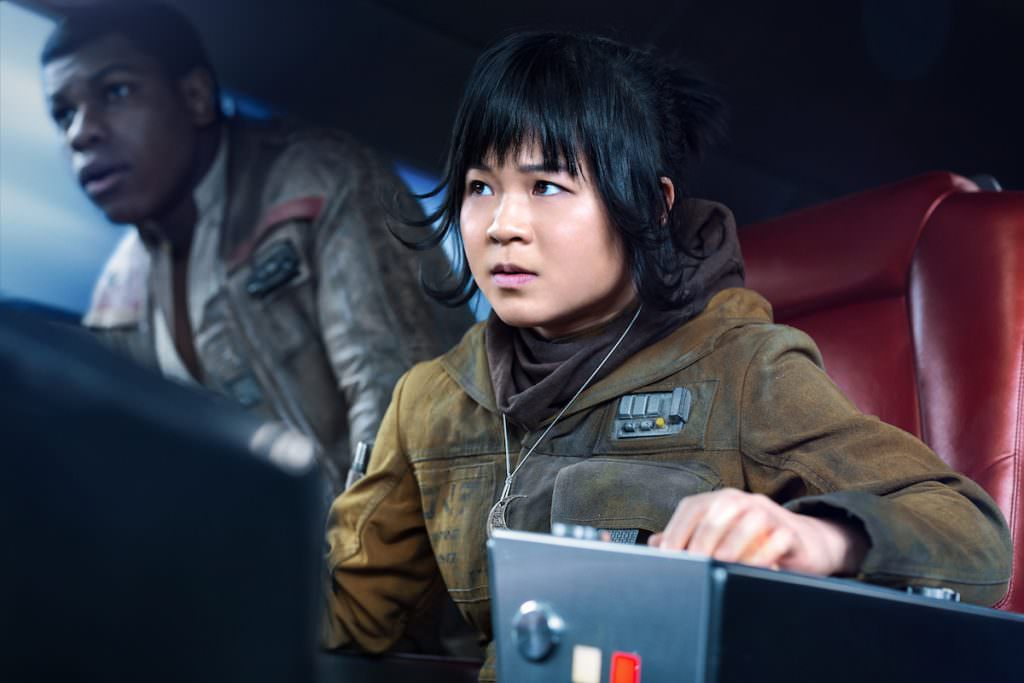
As for Solo: A Star Wars Story, I am hopeful that girls and young women can find a champion in the two most prominent women in the cast Emilia Clarke’s Qi’ra and Thandie Newton’s Val. Emilia Clarke has already become a superstar playing perhaps the most formidable character (of any gender) on TV, as Game of Thrones fire-resistant dragon mother Daenerys Targaryen.
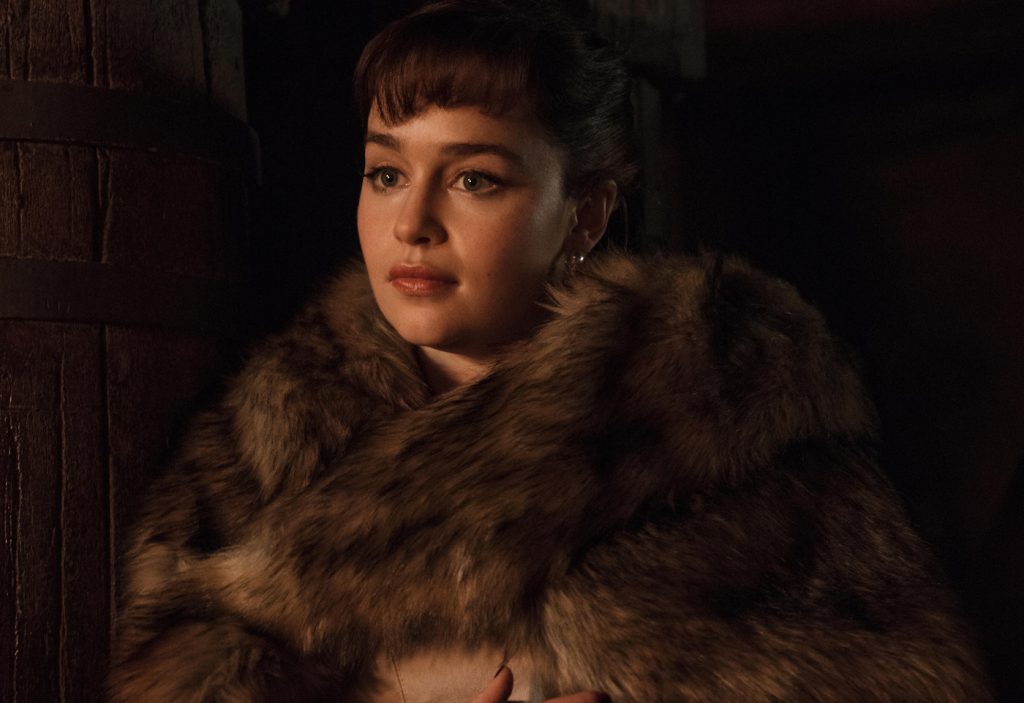
In Solo, she’s a grenade-throwing, Millennium Falcon co-piloting, danger-thwarting force worthy of her predecessors. Anyone with enough mettle to tell Han Solo that he’s “rough around the edges” is likely to be a force to contend with. So too, there are fan theories circulating that Qi’ra might just be Rey’s long-lost mother. While pure conjecture at this point, it is nice to think about one generation of strong women giving rise to another.
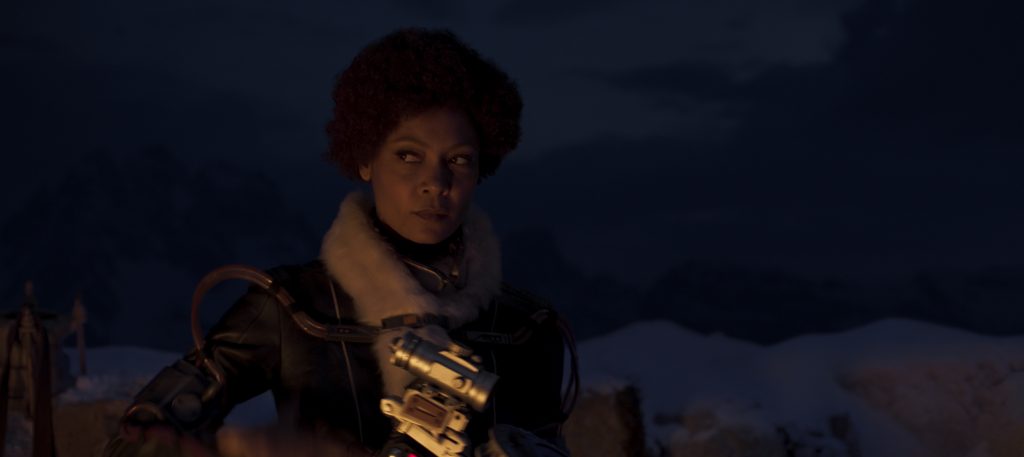
And there is absolutely no question that Thandie Newton’s Val is one tough cookie. As a veteran criminal, she’s the fearless, ultimate fixer, working alongside the wily Tobias Beckett (Woody Harrelson) in the galaxy’s underworld. I will definitely be there in the audience when the film is released this Friday, waiting to see just what role both Qi’ra and Val play in Han’s long-awaited backstory.
My father experienced the original trilogy at roughly the same age I’m now experiencing the sequel trilogy – we’ve come full circle. I consider myself lucky that the instances of onscreen women I was first exposed to were by way of Star Wars. Even today, with the average consumer much more attuned to the roles women in modern storytelling, we struggle to produce stories that yield such strong female characters. Star Wars was revolutionary for its treatment of women when the original trilogy first came out; this legacy continues today. And the story has never grown stale. All three of the Star Wars trilogies will be as apt to pass on to new generations of young women in coming decades as they were when my father first introduced them to me. To put it simply, by the time I saw Leia clad in that iconic bikini, I was not caught up in Jabba’s objectification of her – I was too busy watching Leia free herself, and waiting for my chance to best my own giant slug.
Featured image: Daisy Ridley in Star Wars: The Last Jedi Courtesy: Disney/Lucasfilm



